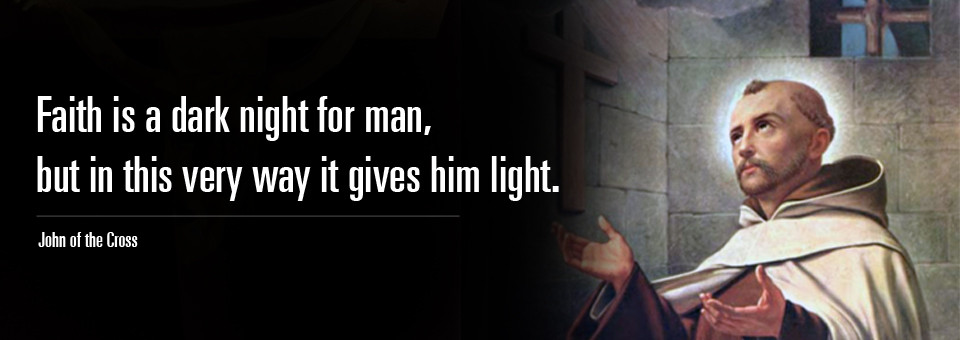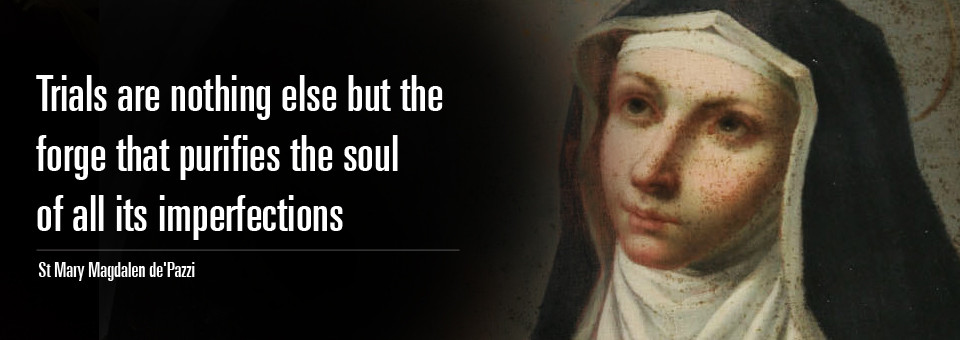Today, the community of St John of the Cross church, Ta’ Xbiex, sets the ball rolling on celebrations marking the 60th anniversary of its inauguration on November 28, 1958, and commemorating the golden jubilee year since its elevation as the parish church of Ta’ Xbiex on June 1, 1969.

Up to about a century ago, Ta’ Xbiex was an almost barren peninsula. Off the beaten track at the time, a mere handful of farmhouses and a lonely villa of the Testaferratas stood out in contrast to the surrounding fields. It was a land devoid of any particular interest, except perhaps for its strategic position facing the open sea and Valletta’s bulwarks.
The origins of the name Ta’ Xbiex are hidden in the mists of time – perhaps it played a particular role in the laying of nets (xbieki); or perhaps it is because a thorny shrub called spinney (xawbas) used to grow there; or it may simply be a reference to the land of Sabas; these are all suppositions, and there may be others. What we do know is that at some point most of the peninsula became the property of the Testaferrata Moroni Viani family.
In the early decades of the last century, development along Msida’s seafront started expanding towards Ta’ Xbiex, and several well-to-dos had the timely forethought to erect a series of delightful villas facing the sea, which were followed inwards some time later. Just like bees to honey, people started to be attracted to this ‘elitist’ site, and in a matter of a few years Ta’ Xbiex became one of the most sought-after areas in the country.
This ‘flocking’ soon turned the area into a thriving community who nourished the thought of building a religious meeting place or chapel. It so happened that, just as the people of the neighbourhood were harbouring these thoughts the Carmelite Brotherhood were likewise thinking of establishing themselves in a nearby area, presumably aware of its fast development.

The façade of the church today.
Those who believe in Providence find meaning in the saying ‘man proposes… and God disposes’, and for those who do not believe, there are simple ‘coincidences’ although some may be of an extraordinary nature indeed.
The Discalced Carmelites had set their eyes on an area quite close to Ta’ Xbiex, namely that of nearby Msida, and by 1909 they were set on building a new church there on a site known as Ta’ Krejten, and within months, works started in earnest. But it transpired that no government permit or approval had been granted for the development so not only did the works have to stop but the order was ordered to remove all the stonework and to reinstate the site to its original state. Obviously, this was an enormous shock both for the religious as well as the lay community who, thoroughly disheartened, had to abide by the authority’s demands.
Still, it seems that the religious order’s dream of setting foot in this area or its vicinity kept reverberating, and following the end of World War II, they tried their luck again by knocking at the door of the land owner of a considerable part of Ta’ Xbiex. Baron Pietro Paolo Testaferrata Moroni Viani was the man who, on being asked for this favour, graciously consented to grant them a piece of land to be developed and used for their religious purposes and activities. This had to be subsequently followed by the building of a new church.
But the amazing fact was that ‘coincidentally’ the baron had previously been offered to donate this land to the Order of Perpetual Adoration stationed at Rome in which his sister was a nun. It may be, though this is a mere supposition of mine, that he hoped that with this donation he would entice his beloved sister to Malta and live nearby, accompanied perhaps by other members of her community.
Not only did the works have to stop but they were ordered to remove all the stonework and to reinstate the site back to its original state
Whatever the reason, the nuns in Rome regretfully declined the generous offer and, diplomatically I would say, suggested that the land in question be granted to some other religious community so that a church could be built for the spiritual benefit of the area’s residents. This recommendation was delivered not long before the Discalced Carmelites had made their request.
The baron, probably surprised as much as pleased by this coincidence, very willingly acceded to their request, and on September 23, 1948, the notarial deed for the land concession was signed. It is pertinent to point out that the notary for the deed was none other than Dr George Borg Olivier.

Two images of the Noble Pietro Paolo Testaferrata Moroni Viani (1886-1954), the generous donor of land at Ta’ Xbiex on which St John of the Cross church was built. The 65th anniversary of his death coincides with the 50th anniversary of the church’s elevation as a parish.
Barely three months later, two Theresian Fathers started holding religious functions in a building in the area that bore the name of ‘Palazzo Testaferrata’. By December 1949 the foundation stone for their convent was laid, and within a year it was considered habitable enough for provisional religious services.
The religious order’s next and final step was that of turning their energies and attention towards the culmination of their dream: the building of a church. While a Maltese architect, Andre Micallef of Luqa, had been commissioned for the building of the convent, they sought the services of Italian architect Luigi Ferrari of Genoa for the church project; only this time the order left nothing to chance and took no step before obtaining all the necessary approvals well in advance.
On July 25, 1954, the Theresian Carmelite Bishop Teoforo Stella of Milan laid and blessed the foundation stone of the much aspired-for church, which took just four years to complete. It was blessed and inaugurated by Archbishop Michael Gonzi on November 28, 1958. As was to be expected, the church was dedicated to the order’s co-founder, St John of the Cross, together with St Teresa of Avila, of the Reformed Carmelite Order. The great mystic St John of the Cross is one of the most prominent ‘Santi Padri’ of the Catholic religion.

By now the development of Ta’ Xbiex was moving at a fast pace. Almost encircled by a chain of beautiful buildings facing the sea, the inner core was seeing a continuous increase in the number of inhabitants who, in typical Maltese fashion, started clamouring for the church to be granted parish status. This was not too long in coming, and within 10 years of the church’s inauguration the request was granted on June 1, 1969: a date that is dear to the Ta’ Xbiex community, which is proudly and enthusiastically looking forward to celebrate the golden anniversary since St John of the Cross became a parish church on June 1, 2019.
The parish church, devoid of traditional baroque trappings, is of a simple yet elegant design, reminiscent of a Romano-basilical inspiration. On entering the church the visitor’s attention focuses on the impressive wrought-iron crucifix, the work of Salv. Muscat of Luqa to the design of the late great devotee of the cross, Marion Pace. It is clear to see that she was inspired by the original drawing by St John of the Cross himself. It was known that Mrs Pace was so engrossed in her work that occasionally, on visiting the blacksmith at work, tears would well up in her eyes.

A sketch by the author drawn in 1966. It shows the original bridge to Manoel island before it was widened, with Ta’ Xbiex church in the background.
The two sizeable niches in the church are, understandably enough, adorned with the statues of the two co-founders of the order – St Teresa of Avila and St John of the Cross. Originally these were meant to house two altars, each with a particular dedication – one to Our Lady of Mount Carmel and the opposite one with a titular dedicated to St Peter and St Paul. Both intended dedications can be readily understood: Our Lady of Mt Carmel is the divine protector of the order, and that to St Peter and St Paul would have commemorated the great benefactor of the church – Pietro Paolo Testaferrata Moroni Viani.
However, following the liturgical changes ushered in by Vatican Council II this plan was shelved. This is a pity, because, apart from remembering the great deed of the land donor, the two arched apses could have been embellished with two grand mosaic depictions of the Madonna and the two founders of the Catholic Church, namely saints Peter and Paul. This, in my view, would have enormously enhanced the otherwise bare interior of the church.
However, apart from these aesthetical considerations, the thoughts of the Ta’ Xbiex community today, on this happy remembrance of 50 years ago, should also turn to the much-lamented and almost father-figure of Baron Pietro Paolo Testaferrata Moroni-Viani. Without his generosity, one can only wonder what would have happened to the site which today is blessed and graced by the church of St John of the Cross.



